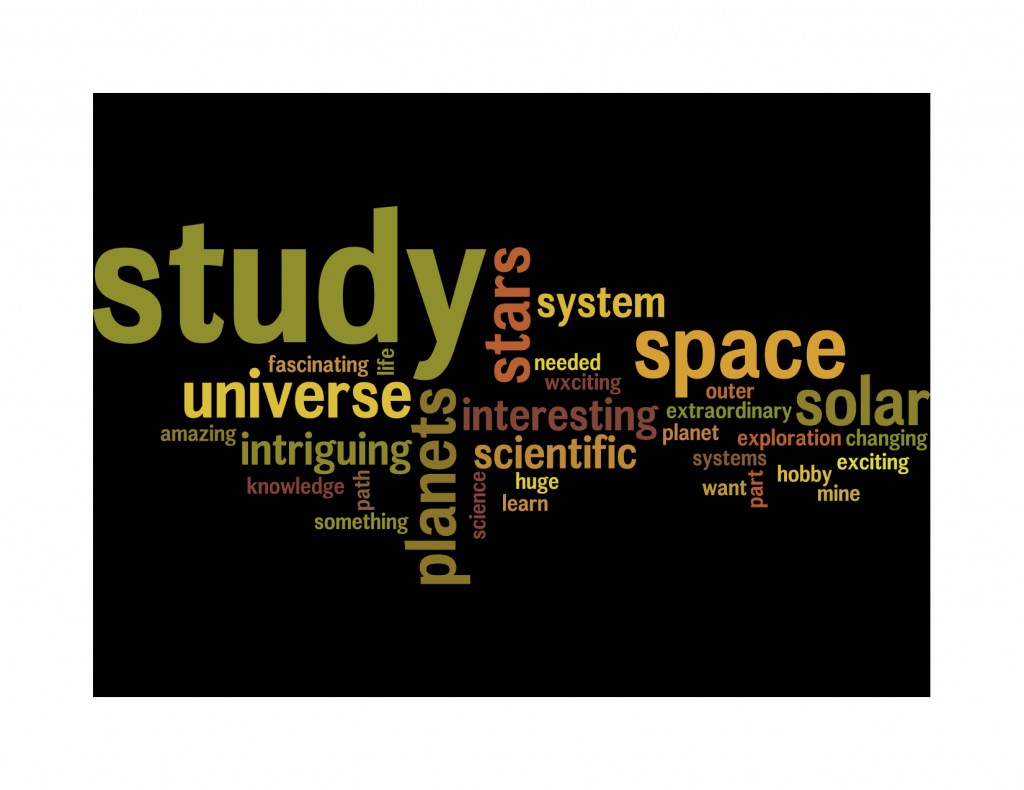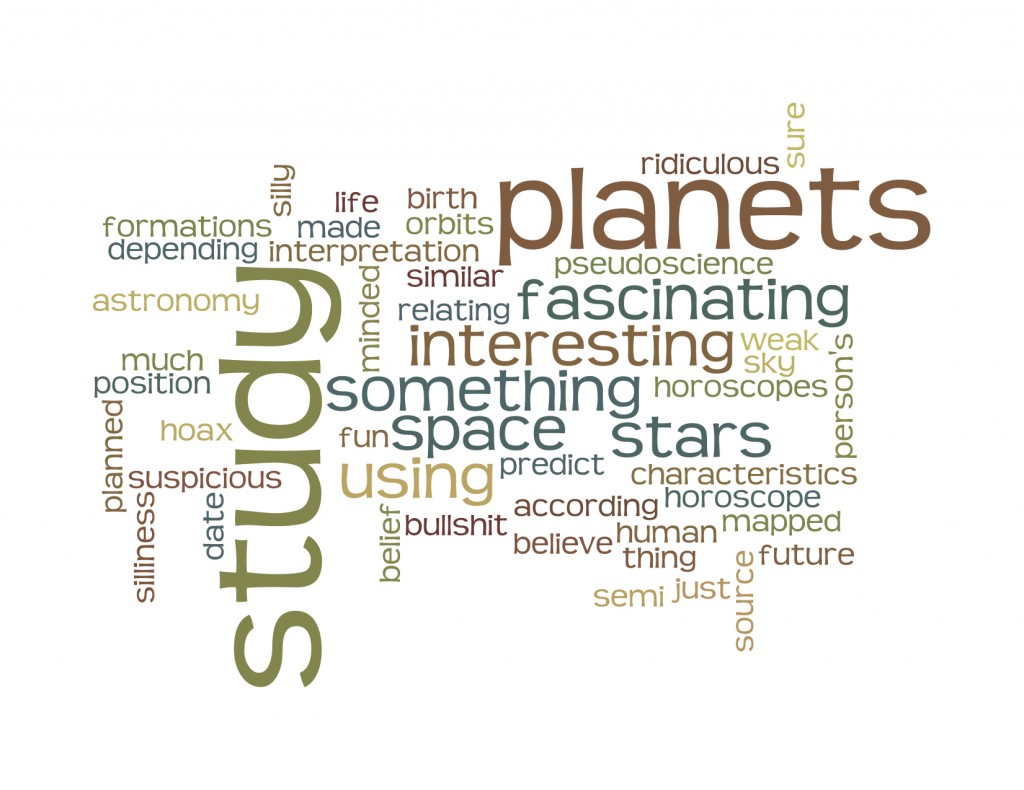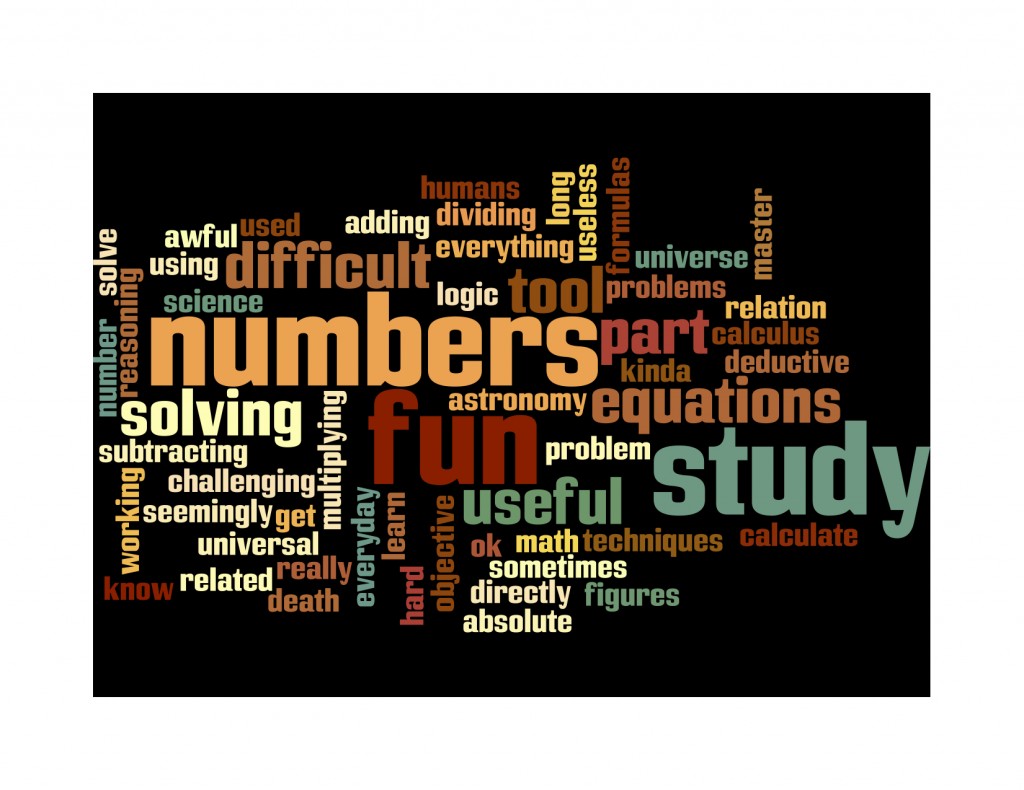Greetings from the Large Binocular Telescope on Mt. Graham! Read below for some basic information about what I’m doing up here and you’ll be rewarded with some extra credit opportunities. . .
My bad luck continues with telescope observing, since it was too windy for us to open last night (25meter per second winds… how fast is that in miles per hour?), but the view up here is slowly helping to alleviate my foul mood. Below is a picture of the view from the observatory kitchen.
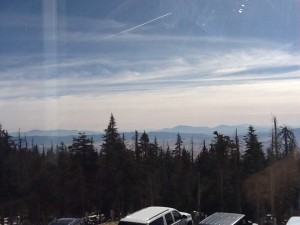
Although there was a big forest fire that came dangerously close to the observatory in 2004, the dead trees that you see were killed by a species of bark beetle. It turns out that bark beetles aren’t the only abundant insect species up here though. In fact, I encountered the object below during a visit here in 2008…
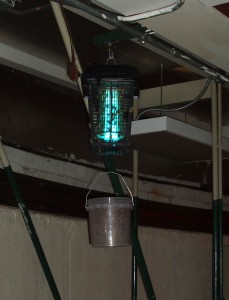
Yes you are seeing that right! It’s a large bucket overflowing with fried moths. As you walk around the Submillimeter Telescope next door in the summer, there’s a distinct fried mothy smell that pervades the building and every few seconds you hear a little zzzzzzt! Between the fire and the insect outbreaks in recent years, the endangered Mt Graham red squirrel population is increasingly threatened by loss of habitat. In fact, I had to obtain a squirrel permit (pictured below) in order to be allowed up to the observatory.
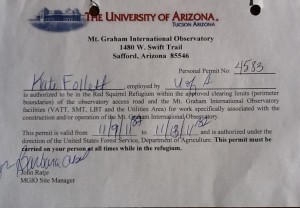
OK good work on making it this far. Below, please find your reward (s)!
First, here is an article about the system I mentioned in class (and in my last post), where there is evidence of a Late Heavy Bombardment-like event in another planetary system. This was a big news story a couple of weeks ago, and would be a great article to read and summarize for the class for extra credit (reminder: presenting two articles is equivalent to attending one lecture and is good for half a homework’s worth of extra credit).
Secondly, check out this funny comic about the Drake Equation (if you didn’t see it when I posted it briefly in class on Tuesday), which is also related to our discussion of the (pseudo)science of alien abduction!
Finally, there are two great upcoming lectures that are very much related to what we’ve been discussing in class. Both are geared toward the general public, and you guys already know much more about these topics than the average person! All you have to do is attend and write a one page (double spaced) summary of what you learned.
The first is at the Biosphere this coming Saturday, the 12th at 12pm. Dr. Ilaria Pascucci who is a very important researcher in the exoplanet community, will give a talk called”Where did all of Earth’s Water Come From?”. This is a topic we’ll be covering in class next week! More information here.
If you’re looking for something a little closer to home, there is also a University of Arizona Lunar and Planetary Laboratory public lecture next Wednesday evening, the 16th, at 7pm. The lecture, called “Mars: Active and Icy” is by U of A professor Dr. Shane Byrne and is about geological activity on Mars as revealed by recent missions to the red planet. Read more here.
Finally, Homework #11 and MA #10 are both posted. Have a great weekend everyone!





